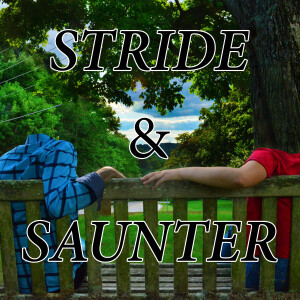
“These events are distinct from ‘near-death experiences,’ such as those recalled by people revived in intensive care units. ‘These are people on a journey towards death, not people who just missed it.’”
— Pei C. Grant, director of the research team at Hospice Buffalo.
“The dreams and visions loosely sorted into categories: opportunities to engage with the deceased; loved ones “waiting;” unfinished business. Themes of love, given or withheld, coursed through the dreams, as did the need for resolution and even forgiveness.”
— Jan Hoffman of the New York Times, February 2, 2016.
““We should be opening the door with our questions, but not forcing patients through it. Our job is witnessing, exploring and lessening their loneliness. If it’s benign and rich with content, let it go. But if it brings up serious old wounds, get real help — a psychologist, a chaplain — because in this area, we physicians don’t know what we’re doing.”
— Dr. Timothy E. Quill, palliative care medicine expert at the University of Rochester Medical CenterHumanity at large has been fascinated, confused and humbled by dreams and the threshold of death since time immemorial. But what would the crossroads of these two phenomena look like and how might it help us better understand our minds and our lives? This week we're joined by Lucy Iselin to examine a New York Times article published in 2016. The thought-provoking article includes insights and perspectives from professionals in hospice care, stories from the terminally ill and those who study end-of-life experiences. How might this article and its subject matter encourage empathy through further observations of dreamers and their experiences? How do dreams of the dying differ from those whose hold on life is firmer? What can these dreams tell us about the most deeply-buried concerns and memories of dreamers late in life?Talk to us on Twitter, Facebook and leave us a review on iTunes! We would love to hear your thoughts!
Further Reading:The New York Times, "A New Vision for Dreams of the Dying"
view more
More Episodes
Episode 114: "Do Schools Kill Creativity?"
 2016-10-19
2016-10-19
 2016-10-19
2016-10-19
Episode 113: Presumptions of Positivity
 2016-10-12
2016-10-12
 2016-10-12
2016-10-12
Episode 112: Navigating Dark Comedy
 2016-10-05
2016-10-05
 2016-10-05
2016-10-05
Episode 111: The Broken Grading System
 2016-09-28
2016-09-28
 2016-09-28
2016-09-28
Episode 110: Our Second Anniversary
 2016-09-21
2016-09-21
 2016-09-21
2016-09-21
Episode 109: "How Do You Get Your News?"
 2016-09-14
2016-09-14
 2016-09-14
2016-09-14
Episode 108: Mass Shootings in America
 2016-09-08
2016-09-08
 2016-09-08
2016-09-08
Episode 107: Appreciating Strangers
 2016-08-31
2016-08-31
 2016-08-31
2016-08-31
Episode 106: For Non-Gamers — Gone Home
 2016-08-24
2016-08-24
 2016-08-24
2016-08-24
Episode 105: Alternative Genius
 2016-08-17
2016-08-17
 2016-08-17
2016-08-17
Episode 103: TRAP Laws and Abortion Rights
 2016-08-03
2016-08-03
 2016-08-03
2016-08-03
Episode 102: The Accelerated Audio Mentality
 2016-07-27
2016-07-27
 2016-07-27
2016-07-27
Episode 101: Purity Balls
 2016-07-20
2016-07-20
 2016-07-20
2016-07-20
Episode 100: For the "Weird"
 2016-07-13
2016-07-13
 2016-07-13
2016-07-13
Episode 99: The Era of Apathy
 2016-07-06
2016-07-06
 2016-07-06
2016-07-06
Episode 98: Hamilton
 2016-06-30
2016-06-30
 2016-06-30
2016-06-30
Episode 97: Finding Your Comedic Voice
 2016-06-22
2016-06-22
 2016-06-22
2016-06-22
Episode 96: "Islam and Liberal Democracy"
 2016-06-15
2016-06-15
 2016-06-15
2016-06-15
Episode 95: Why the Gun?
 2016-06-08
2016-06-08
 2016-06-08
2016-06-08
012345678910111213141516171819
Create your
podcast in
minutes
- Full-featured podcast site
- Unlimited storage and bandwidth
- Comprehensive podcast stats
- Distribute to Apple Podcasts, Spotify, and more
- Make money with your podcast
It is Free
- Privacy Policy
- Cookie Policy
- Terms of Use
- Consent Preferences
- Copyright © 2015-2024 Podbean.com






